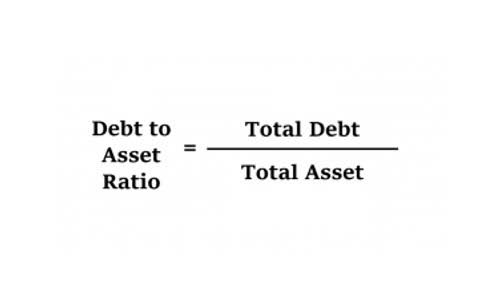However, there are official abbreviations out there that you might come across, and it would help to know about them. We’ll explain the correct abbreviation Accounting for Technology Companies for “million” in this article. While you can make MM stand for millions of anything, it’s important that the reader knows whether you’re talking about dollars, euros, units shipped, etc. If, say, you use it for both units and dollars in the same document, separate the different categories so your readers don’t get confused.
How Do You Abbreviate Million Dollars?
International accounting standards began to take shape, with organizations like the International Accounting Standards Board (IASB) and the Financial Accounting Standards Board (FASB) playing pivotal roles. The use of “MM” became more entrenched as these standards aimed to harmonize financial reporting across different jurisdictions, ensuring consistency and comparability. As commerce and trade expanded during the Renaissance, the need for more sophisticated financial reporting became apparent. Merchants and bankers required a standardized way to represent large sums of money, leading to the adoption of “MM” to denote millions. This period saw the rise of double-entry bookkeeping, a system that revolutionized accounting by providing a clear and systematic method for recording financial transactions. The use of “MM” fit seamlessly into this new framework, offering a concise way to represent substantial amounts without cluttering financial records.
b. Different Conventions Based on Location
“M” is only used as an abbreviation when talking about a lot of money or in scientific communities. If the company sells 26,000 units, the accountant can record that as 26M units. If net income runs to $6,500,000, it goes on the books as $6.5MM. The MM abbreviation works whether the entry is in dollars, some other currency or millions millions abbreviation finance of items or customers. In the realm of journalism and media, where space is often limited, the abbreviation “M” is prevalent. Newspapers, magazines, and online news outlets frequently use “M” to convey numerical information within headlines, captions, or articles.
What does $1 m mean in money?
- For example, articles discussing investments or stock market values often use shorthanded numbers to express large values.
- As such, any underfunded amount is not reflected in current expenses or current budgets.
- A millimeter (abbreviated as mm and sometimes spelled as millimetre) is a small unit of displacement (length/distance) in the metric system.
- This guide elucidates the conventions, helping professionals from diverse sectors master the art of using “M” and “MM” effectively.
Poor proofreading can result in incorrect and inconsistent use of abbreviations. Proofreading can uncover discrepancies and other issues that would undermine the accuracy and quality of work. Several strategies can help ensure consistency when using abbreviations. Now that we’ve covered the essential abbreviations and how to use them let’s discuss how to maintain consistency when using them. There are other variations that you may come across, such as “mil” or “mio” (short for million) but they are not recommended for formal writing in English.
- This uniform application ensures that financial data is easily digestible and comparable across various sections.
- What matters is that readers look at the figures and understand the amounts.
- For instance, a financial analyst might report a company’s market capitalization as $500MM, clearly indicating $500,000,000.
- For instance, in technical writing, you may prefer to use “M” instead of “MM” as symbols and their use may depend on the field you are in.
- For instance, a company reporting $5,000,000 in revenue would simply state $5MM, streamlining the data for stakeholders who need to quickly grasp the financial health of the organization.
That letter isn’t Greek or Roman, but the average reader would likely understand the concept. You’d look for a G or MMM in the world of financial analysis and accounting. Now that you know several large number abbreviations, you have access to several options you can use in your reports or other forms of writing. You may also find it helpful to review measurement abbreviations for common units. Expand your ability to https://www.ukbapropertyinspection.co.uk/enrolled-agent-salary-pay-guide-for-enrolled/ communicate about quantities and amounts by getting to know various names and expressions for large numbers.
- One thing to consider is that when writing about large amounts of money, the words “million” or “billion” are often left out altogether, as are superfluous zeroes.
- A. You’ve identified two commonly used conventions in finance, one derived from Greek and the other from Latin, but neither one is standard.
- To date, however, jurisdictions are only required to expense that portion of the ARC which they actually fund.
- Roman abbreviations are usually not capitalized when using this method (1MM vs. 1mm), but each firm has different standards they follow.
- A recent analysis determined that a $1 million retirement nest egg may only last about 20 years depending on what state you live in.



